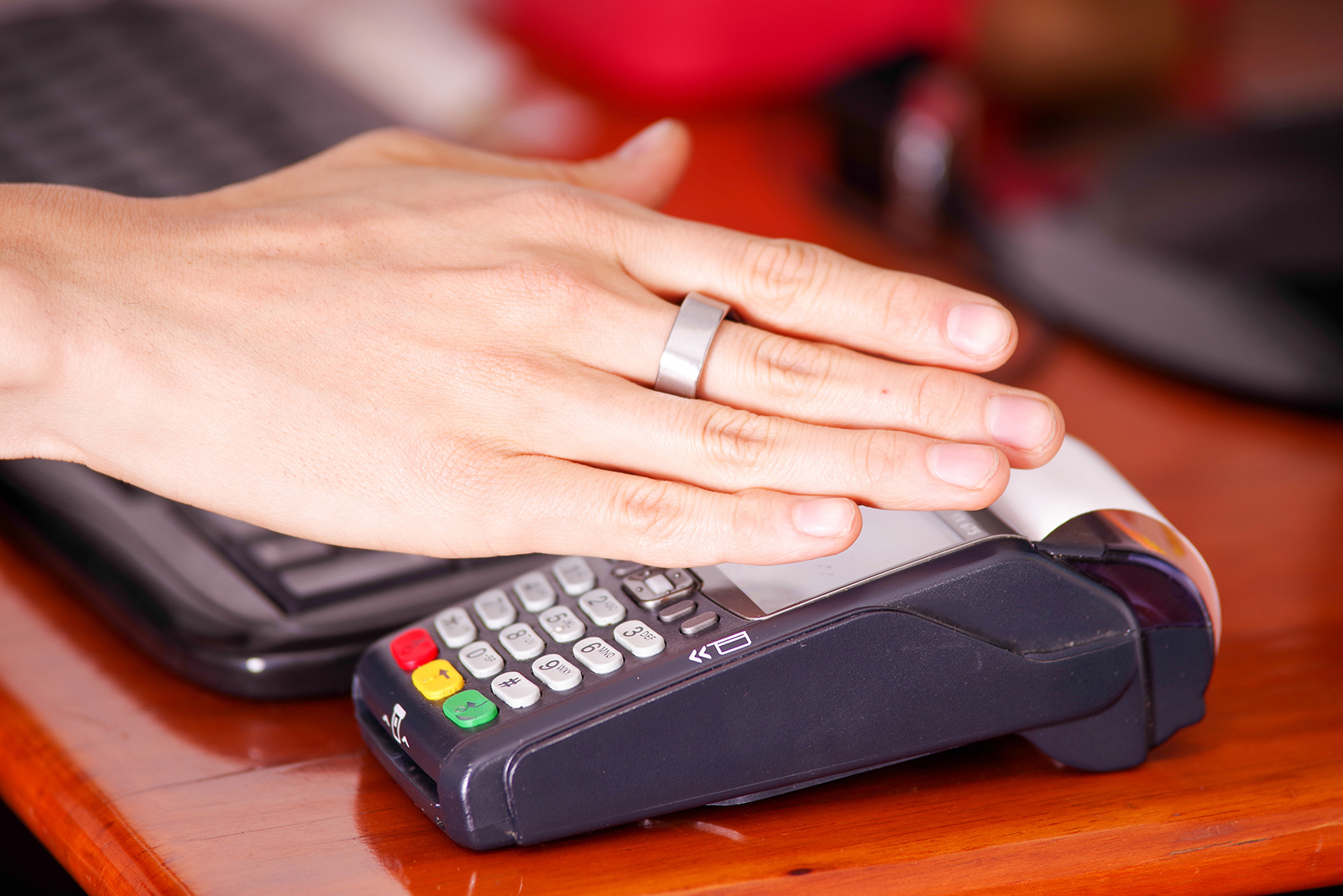Many uses for wearables in sports, health, and daily life
Thanks to AT&S technology, wearables such as headsets, smart rings, or fitness trackers can incorporate the numerous electronic components compactly and in unusual shapes.
A growing number of wearables, from headsets, smartwatches, and fitness trackers to smart jewelry, help us with physical performance and health care thanks to collected body data. Medical data of the wearer are recorded by these wearables and forwarded to the smartphone. These devices make it possible, for example, to identify diseases at an early stage, practice gentle contraceptive methods or optimize the performance of athletes. Being able to fit so much miniaturized technology into a slim ring is mainly due to flexible printed circuit boards from AT&S.
Modern sensors and miniaturized electronics in digital devices close to the body make it possible to record and analyze a person’s medical condition constantly. The data can also be beneficial for optimizing personal performance. While the necessary sensors have long taken up a lot of space and resulted in bulky bracelets or watches, modern electronics allow for much more inconspicuous form factors.
AT&S engineers shrink technology
In addition to sensors for heart rate, temperature, and movement, batteries and communication technology are also packaged in smart finger jewelry. Several innovations are necessary to integrate the required electronics in miniature devices close to the body. The electronic backbone that connects the individual components in unusual shapes, such as in-ear headsets or a smart ring, is a flexible, high-tech printed circuit board from AT&S. Because these connectors can be bent and folded, they can be customized to fit many different forms. AT&S engineers have succeeded in continually reducing the thickness of these circuit boards.
COVID guardian and elite sport
Especially in times of the global COVID pandemic, the potential of wearables such as smart rings became apparent. By constantly monitoring body temperature, these devices can recognize signs of fever and thus a possible COVID infection to undertake early measures. The US professional basketball leagues NBA and WNBA distributed smart rings to athletes and officials in 2020. This measure ensured game operations through early detection. For many companies and productions, using smart wearables to detect fever can be an alternative to temperature measurements in entrance areas.
In addition to sports and medicine, wearables can also be helpful in everyday life. Thanks to smartphone apps, the recorded body data can provide information about sleep quality and current performance, for example. With accurate temperature measurement, smart rings can be used with appropriate apps for temperature-based birth control methods. Another application of smart rings is the confirmation of payments at supermarket checkouts.
https://blog.ats.net/en/2021/12/30/covid-co-smart-patches-to-fight-infections/
https://blog.ats.net/en/2021/12/21/ats-plant-in-korea-is-shaping-the-future-of-medical-technology/
分享文章:




